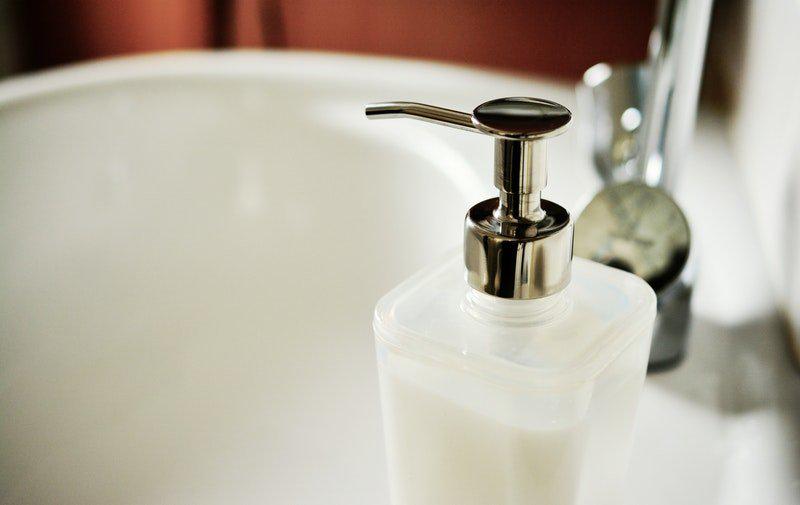
The fire sprinkler is a device that generally makes up the firefighting system, and works by releasing water whenever it detects the presence of a temperature that is considered high – which is previously determined. Similar to a shower, this mechanism is a Collective Protection Equipment (CPE) used throughout the world, and it is estimated that 40 million sprinklers are installed every year.
In general, the fire sprinkler can be installed at the level of the ceiling or the walls of a place, functioning as follows: the device is composed of a heat-sensitive element, which has been designed to be activated when the environment arrives at a specific temperature. This element is called a bulb, and is at the tip of a pressurized pipe, blocking its exit. Inside the lamp, there is a liquid that expands when it reaches a high temperature, breaking the capsule and releasing the water.
How do they work?
The water comes out of the sprinkler circularly, like an umbrella, and can cover an area of up to 16 m². In general, it is necessary to install several sprinklers to cover the entire area of a place. Each of these devices is activated individually and, therefore, there is no risk that one of them begins to drip water when the fire is elsewhere in the building. The vital thing to keep in mind is that this device is not powered by smoke or any other element beyond the temperature.
There are several types of Automatic Fire Sprinklers: wet pipe, dry pipes, deluge systems, foam water spray systems, water spray, and water mist systems. Each one of them must be used taking into account the building, and that is in it: the fire extinguishing system of a factory, for example, will undoubtedly be different from a museum system.
Fire Sprinklers have been used in the United States since 1874 and were used in factories where fires were often extremely disastrous in terms of human losses and property.
The size of the building defines whether the use is mandatory, or can be recommended by insurance companies to reduce property losses.
Advantages of using the fire sprinkler:
- Quite economical.
- Efficient, decreasing the damages in case of fire.
- They do not depend on human action and, therefore, have immediate efficacy and less risk of failure.
- Spend less water than the effect of firefighters.
- Swift response.
- It causes less damage than the water jet used by firefighters.
Fire protection systems in a home?
If public fire sprinkler systems are used in public buildings, do we not demand the same security in the homes in which we live? When a house is in the planning stage, incorporating a fire protection system is child’s play. And why not choose safe materials for facilities that are important for your safety? Automatic sprinkler systems with copper tubes create safety because they are secure themselves. They do not burn, do not emit fumes or toxic particles and can withstand high temperatures and internal pressures – these are just some of the significant advantages of copper. It is also not a problem to install these systems on an old property.
How do automatic sprinkler systems work?
Automatic sprinkler systems have an advantage over traditional fire alarms because they not only warn you of fire but also turn it off immediately. The sprinkler systems are put into operation when a specific temperature is reached (30 ° C above the maximum ambient temperature) and pour water over the area of the fire. As they react to heat, only sprinklers close to the affected area are put into operation. One or two sprinklers are often more than enough to put out small fires. When the fire department is called, significant water damage commonly occurs; Sprinklers work when they are needed.
Myth and reality
- All sprinklers in the installation open when there is a fire.
Nothing more false: Only the sprinkler closest to the fire, which is heated by it, is activated in the first instance.
- The area is flooded, and more damage is caused by water than by fire.
It only acts on the initial focus of the fire, affecting elements that have already been damaged by fire.
- They can open accidentally and cause damage.
They are very safe and are not activated unnecessarily. They do not require maintenance for decades.
- The sprinklers are not aesthetic and clash with the decoration.
Today there are all kinds, including those that are entirely hidden and integrated into the decoration.
How to activate a sprinkle in a factory?
It has a heat sensitive glass bulb. The glass ampoule acts as a stopper that prevents water from running off until the ambient temperature around the sprinkler reaches the required temperature for activation. So, only the sprinklers near the fire will work.
The activation of the equipment will do less damage caused by water than a jet from the fire hose providing about 900 liters/min.


